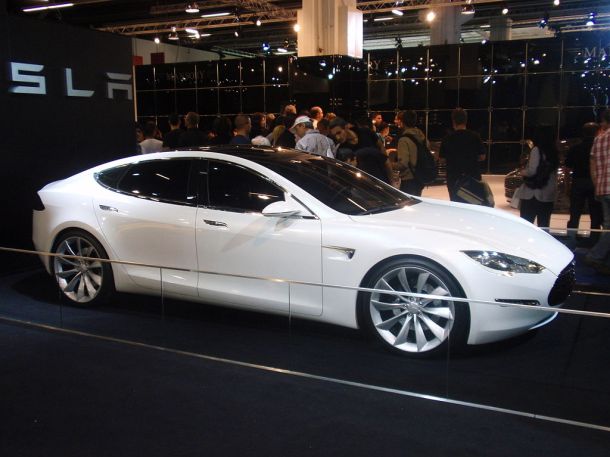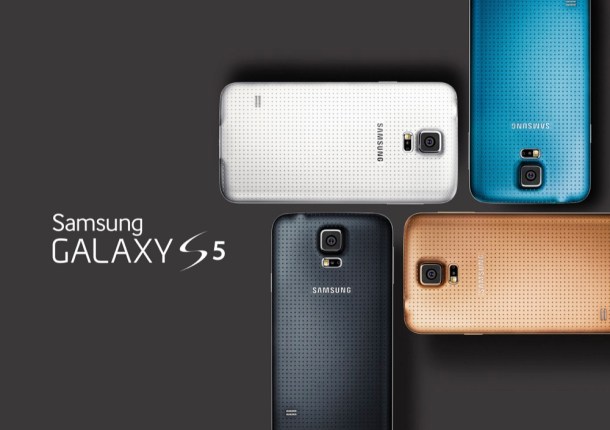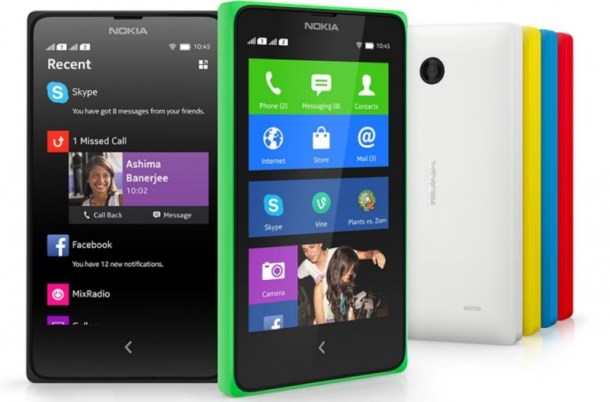Here we sum up some of the new developments and announcements made during the Mobile World Congress 2014 in Barcelona, which reaffirmed the mobile revolution that we are witnessing.
The frenetic presentations and launches at this year’s Mobile World Congress 2014 are drawing to a close. And although we still haven’t fully assimilated all of the devices, applications, services and gadgets that were announced, the time has come to leave Barcelona and anxiously await the MWC 2015.
After summarising the highlights of the first session and day two of the Mobile World Congress 2014, at Think Big we’d like to go over the five most important key concepts that we’ve drawn from this MWC 2014, now that it’s coming to an end.
The unstoppable growth of Firefox OS continues
One of the big announcements at this Mobile World Congress 2014 was about the future of Firefox OS. Led by Telefónica, this ecosystem will be implemented with the release of different handsets, such as the Alcatel One Touch Fire C (3.5 inches) and the slightly larger ZTE Open C, which stands out for its WVGA resolution.

But Mozilla and Telefónica gave some more clues as to the future that awaits Firefox OS. On the one hand, the operating system will include LINE as its official messaging service. And on the other, and as a clear sign of the tremendous degree to which Firefox OS has matured over the last few months, the Mobile World Congress 2014 was witness to the presentation of a smartphone with Firefox OS for just 25 dollars.
Its arrival is big news for users in emerging markets. And while the handset’s specifications can’t compete with other mid-level or high-end mobiles, its unveiling was referred to by some as the “democratisation of the smartphone». This type of device is of great interest to regions with very low average incomes, and helps more citizens around the world to be connected to the Internet, have access to social networks and download applications that are of interest to them.
More connectivity in our cars
Promoting Internet access doesn’t just involve innovation on mobile devices, but also facilitating connectivity in products that are used on a daily basis, like our cars. In this sense, Tesla Motors announced an agreement with Telefónica to provide Internet access in its models.

And undoubtedly, one of the main attractions at the Mobile World Congress 2014 was the prototype of the Tesla S (similar to the one in the photo above) at the Telefónica stand. With this agreement, the company will provide Internet access in these cars. Thanks to this, users will be able to surf the web with the display incorporated into the Tesla Model S, which can be used to run applications and control certain functions in the vehicle.
Wearable technology with differentiating services
Another big announcement at this year’s Mobile World Congress 2014 was the collaboration started between Telefónica and some of the biggest manufacturers of smart devices, including Sony Mobile, LG and Samsung. Thanks to this agreement, the smartwearables from these companies will include services that will improve the user experience.
Applications like Tu Go will support the solid future that lies ahead for this market, as explained by Marieta Rivero, Telefónica’s Global Marketing Director, during the announcement. The addition of these differentiating services for users will undoubtedly help to expand the smartwearables sector.
New devices and gadgets: the mobile revolution is still going strong
Talking about the Mobile World Congress 2014 is synonymous with the announcement of the arrival of innovative mobile devices and gadgets that will surely give us a lot to talk about this year. Perhaps the most anxiously awaited was the Samsung Galaxy S5, a handset that had generated high expectations.

The confirmation of its characteristics, leaked a few hours before the presentation, showed it to be a great model, with a 5.1 inch Super AMOLED display and a 16 Mpx with the fastest autofocus yet (0.3 seconds). Samsung has also jumped on the biometrics bandwagon with its new handset, which includes a fingerprint sensor to guarantee secure access to the device. This model is also water resistant.
It also shares this characteristic with other devices, such as the Sony Xperia Z2, which, at just 6.4 millimetres thick, is considered to be the thinnest on the market. Sony took advantage of the MWC 2014 to present the Xperia Z2, a 5.1 inch smartphone with 20 Mpx camera, capable of recording 4K video.
And at this Mobile World Congress 2014 LG announced its new phablet, the LG G Pro 2 (which also incorporates 4K video recording) and the LG G2 Mini, a smaller version of the LG G2. During the Huawei presentation, we were introduced to the Huawei Ascend G6, a mid-range handset with a 4.5 inch screen.
Nokia confirmed the insistent rumours, and taking advantage of its presence in Barcelona, announced the launch of the Nokia X family, with three devices (Nokia X, Nokia X+ and the Nokia XL), which are compatible with Android through a fork based on the Android Open Source Project.

In addition to smartphones, the Mobile World Congress 2014 was also the stage for the announcement of new smart devices. For example, Motorola announced that after being bought by Lenovo, it is working on a smartwatch (in addition to innovating with the successor of the Moto X), showing signs of the transition that the company is undergoing. Another one of the interesting gadgets at this MWC 2014 was presented by Samsung. The Gear Fit smart bracelet represents the company’s revamped efforts in the wearables market, which, as we mentioned earlier, will be one of the trends this year.

Mobile technology is changing our lives
To sum up, the Mobile World Congress 2014 held in Barcelona was a huge success, and it confirmed the true mobile revolution that we’ve been witnessing over the last decade. The arrival of services like Knox 2.0 (a security solution clearly aimed at businesses) from Samsung or the Power to Give application from HTC (which is designed to accelerate research using our smartphones) also supplemented the wave of announcements made during the event.
The end of the MWC 2014 leaves us with the desire to keep hearing about how mobile technology is changing our lives. But we’ll just have to wait for next year’s Mobile World Congress, and in light of the positive results this year, it looks like the successes and congratulations will continue.







